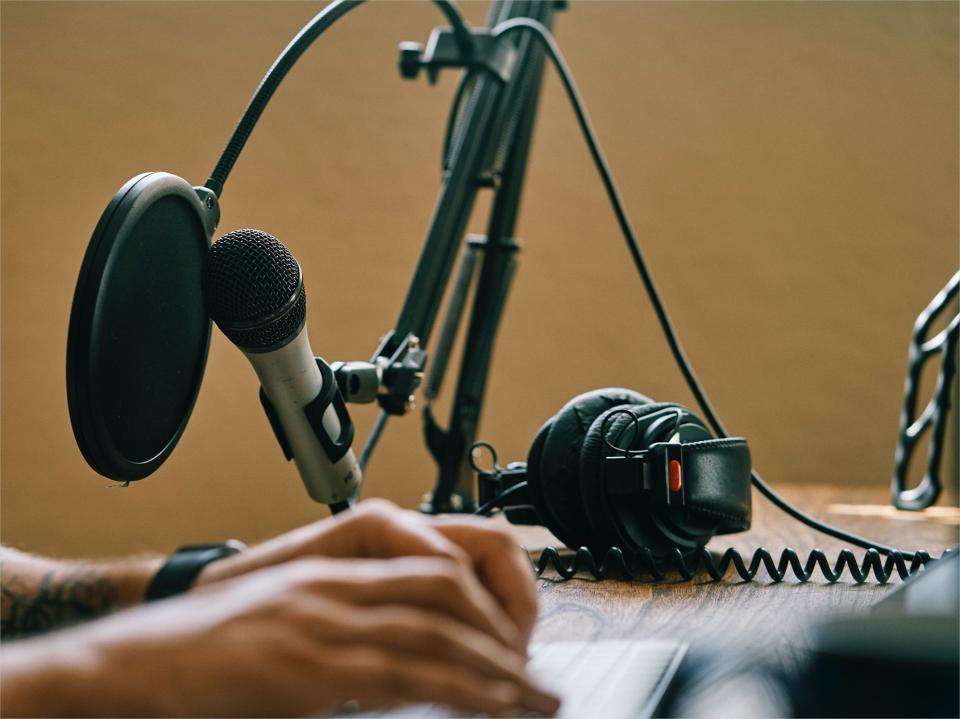This video will cover:
00:57 Controlling the lighting in your home studio
01:22 Effective sound recording
02:11 Creating a studio set up that enables you to replicate your in-person teaching style

This video will cover:
00:57 Controlling the lighting in your home studio
01:22 Effective sound recording
02:11 Creating a studio set up that enables you to replicate your in-person teaching style
Hi everyone, I’m here to share with you three key lessons on building a home studio that will allow you to replicate the impact of your in-person teaching online.
My name is Sean Willems, I’m the Haslam chair in supply chain analytics at the University of Tennessee, Knoxville.
Just like everyone else, I came into this sort of kicking and screaming, and what happened in my particular case was I learned in May 6, 2020, that I needed to teach online on June 5, 2020.
That set off 30 days of non-stop work, 10 plus hours a day, to create the studio that you see there. That’s version one of the studio. What I’ll show in a bit is version two of the studio.
This was such an ordeal I actually ended up writing up the studio in this paper, which you can find here. So that will be the specifics, but the highlights are here.
And in particular, the first thing you have to do is control the environment. What that means is you have to control lighting, you have to block all the natural light, control the ambient light. If we take this GoPro view of the studio, which is looking down here, what you see is I employ room darkening shades as well as a curtain, so that I fully block all the exterior light to the studio, and I control the internal light to it.
Next, we have to fix sound. I prefer a lavalier mic so I can move around. It isolates your voice well. You also want video, good video that sort of captures your teaching style. So, if you move around, you want it to move with you.
Ideally it will have a nice depth of field that allows you to do sort of more spectacular things, like you can show people, “Hey, this background isn’t fake”, and you break out a book then.
But ideally what we're trying to do here with these steps, is we’re trying to create consistency and uniformity in every class we teach. So it’s just like the classroom, you walk in and it behaves the same way, every time, right.
The next thing we want to do is we want to set up the room the way we teach on campus. So if we stand in the classroom, we want to stand here. We want everything set up so that we streamline movement, that we can minimise transitions. So it’s that natural way that we interact in class.
We also want to incorporate multiple teaching modalities. So, to do that, you know, if we lecture, you know, we might be lecturing like this, if we’re using the document camera, if we’re doing something in Excel, if we’re doing something in a pdf, if we’re sharing a Powerpoint, right, if we’re sharing Safari, you know all of the things that we do on campus, we want to be doing quickly and seamlessly in this setting.
It’s fair to say, this particular studio sort of pushes this a little farther, in particular it allows us to switch and have a much more fully immersive experience, which is this light board here.
So, you know, if I say, you know, “hello” here, we can sort of show the full scope of what can be done, but that is admittedly a sort of a second tier beyond this.
What the next sort of major thing I wanted to show is that other people actually can do this, without quite the same level of investment.
So, for example, these are two other studios that capture all of these same benefits, these same design principles. So, here is one of them, and here is another.
So, we have built the studio, as we document in the paper, for less than $800 for several other faculty. So I hope this gives you some ideas for changes you can make to your studio, and sort of to replicate your on-campus experience.
This video was produced by Sean Willems, Haslam chair of supply chain analytics at the University of Tennessee, Knoxville and visiting professor at the MIT Sloan School of Management.
If you would like advice and insight from academics and university staff delivered direct to your inbox each week, sign up for the Campus newsletter.
comment